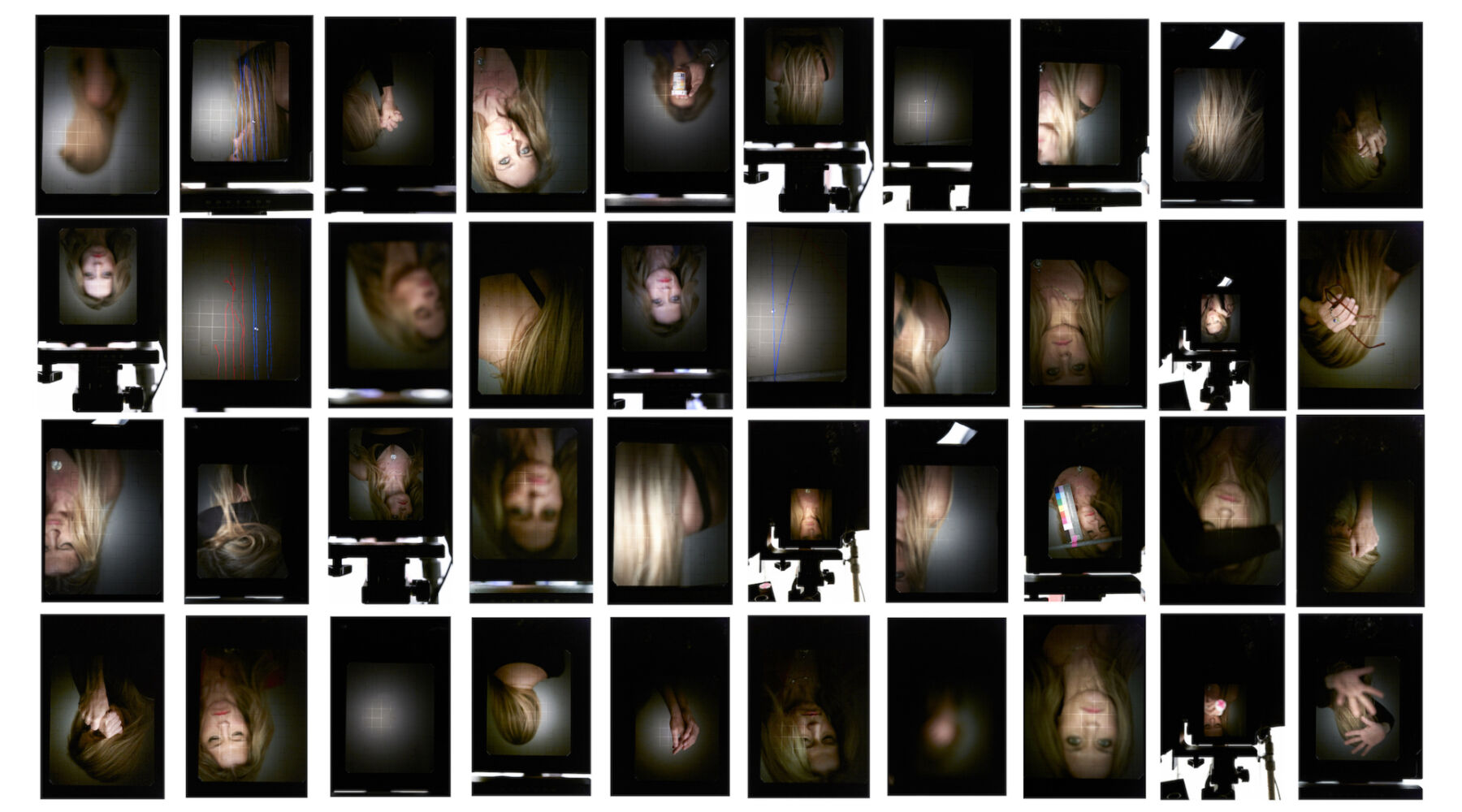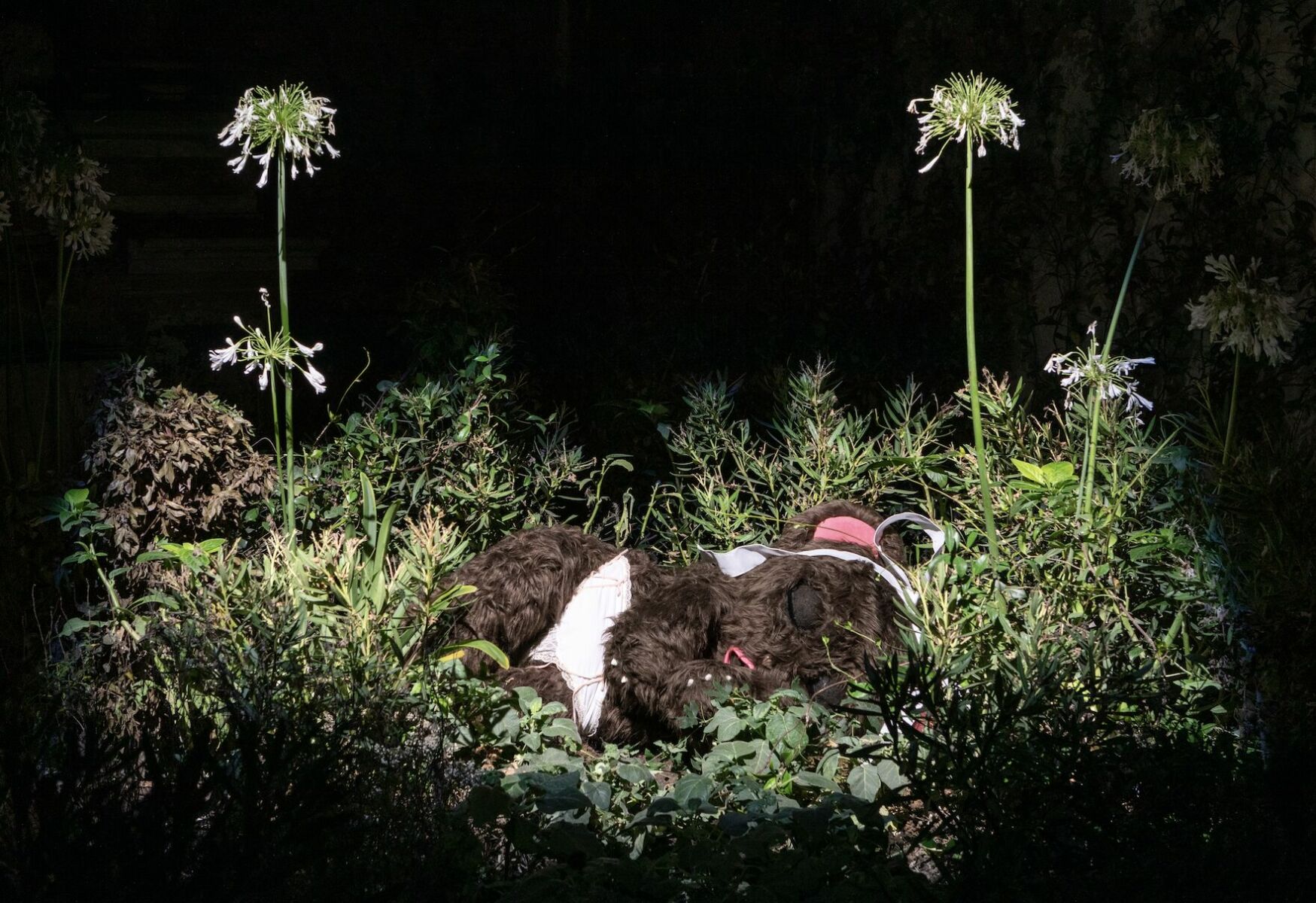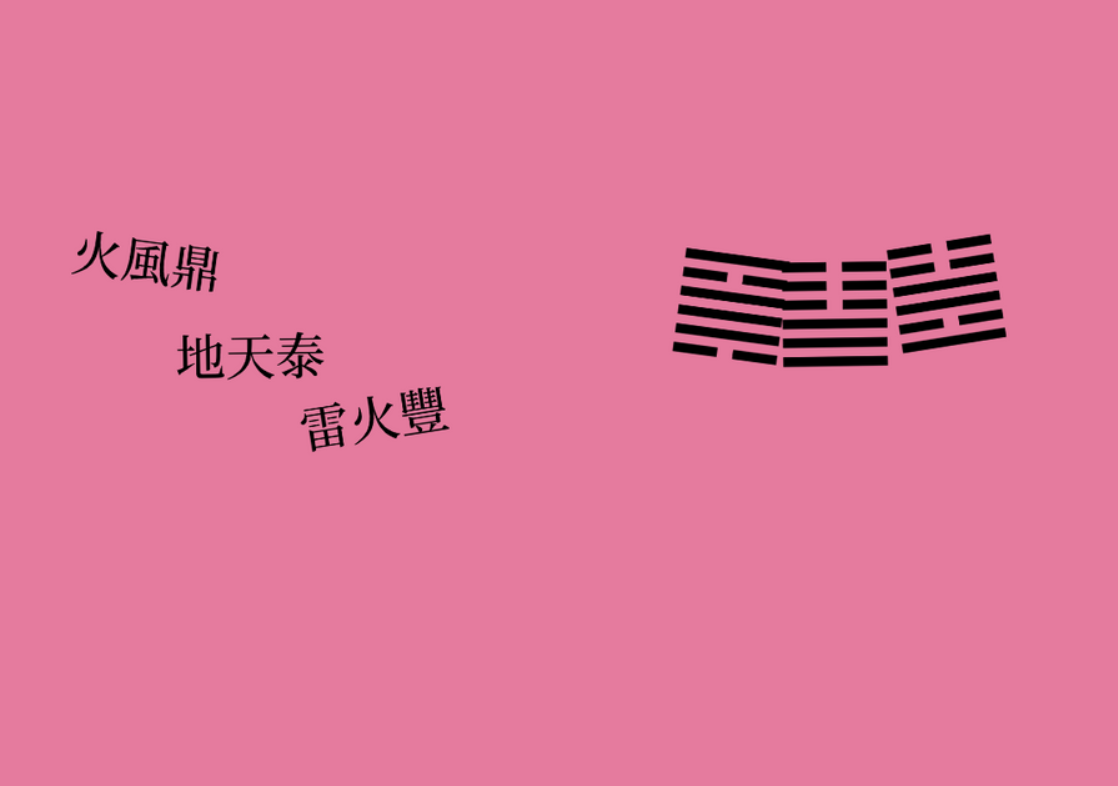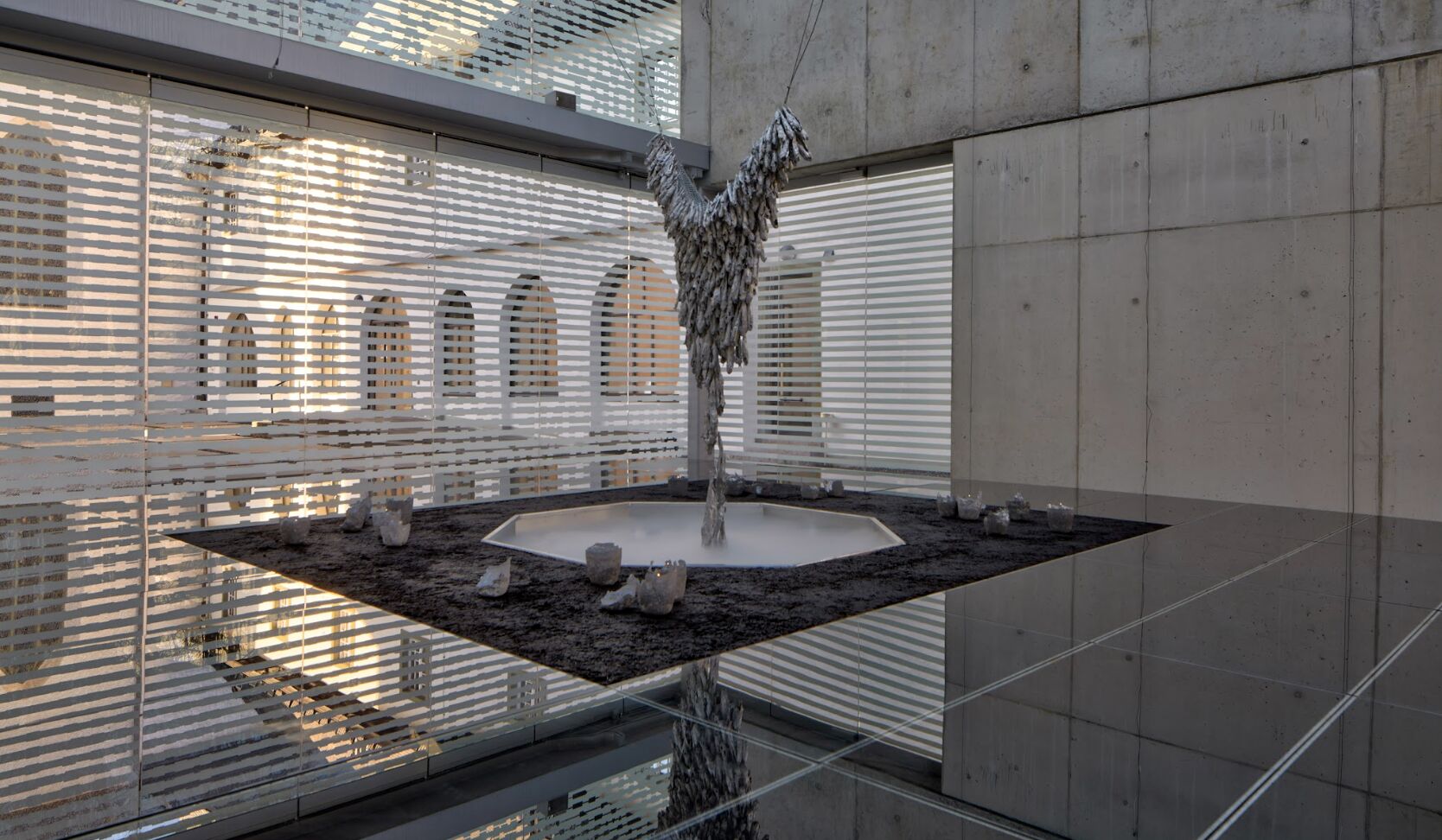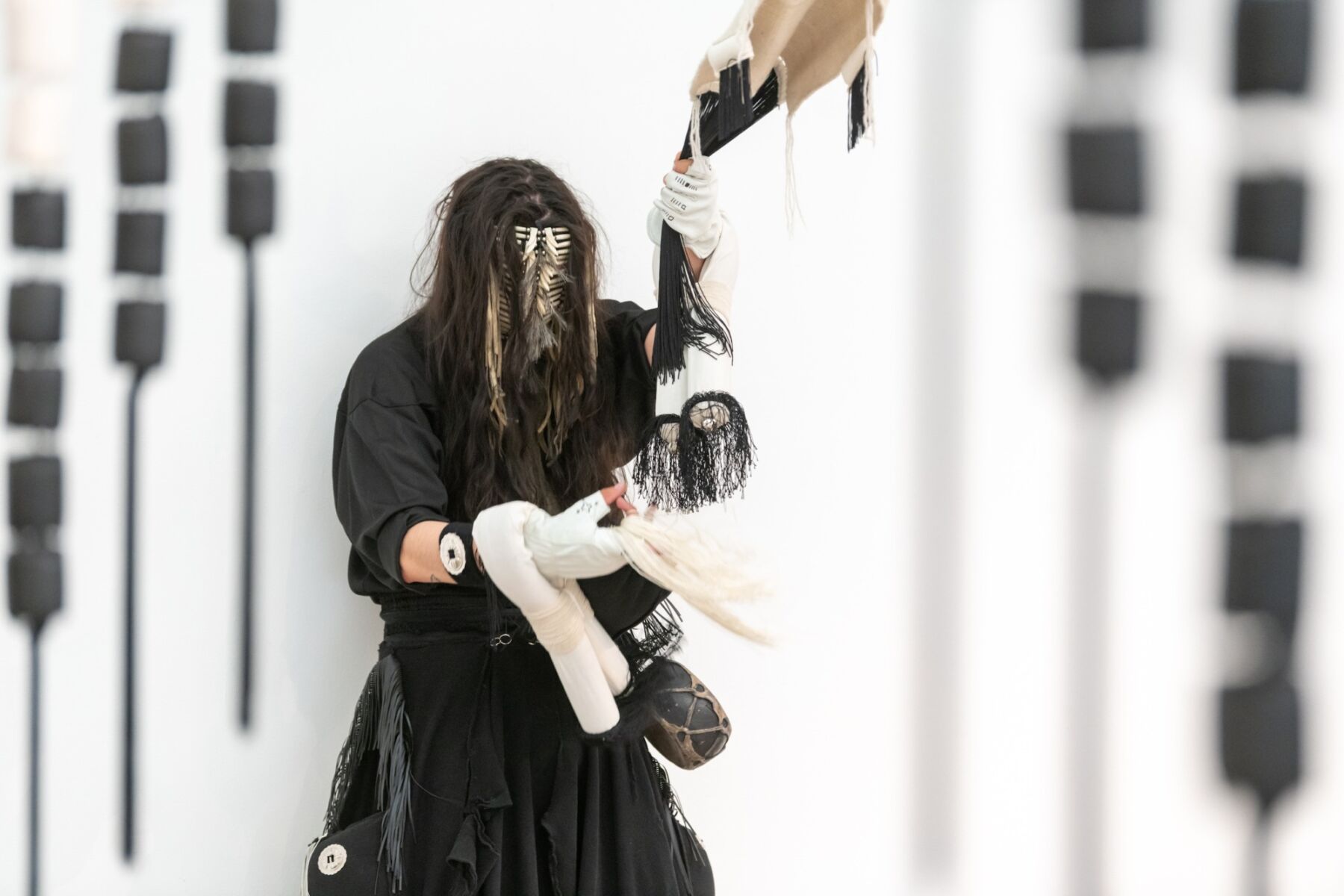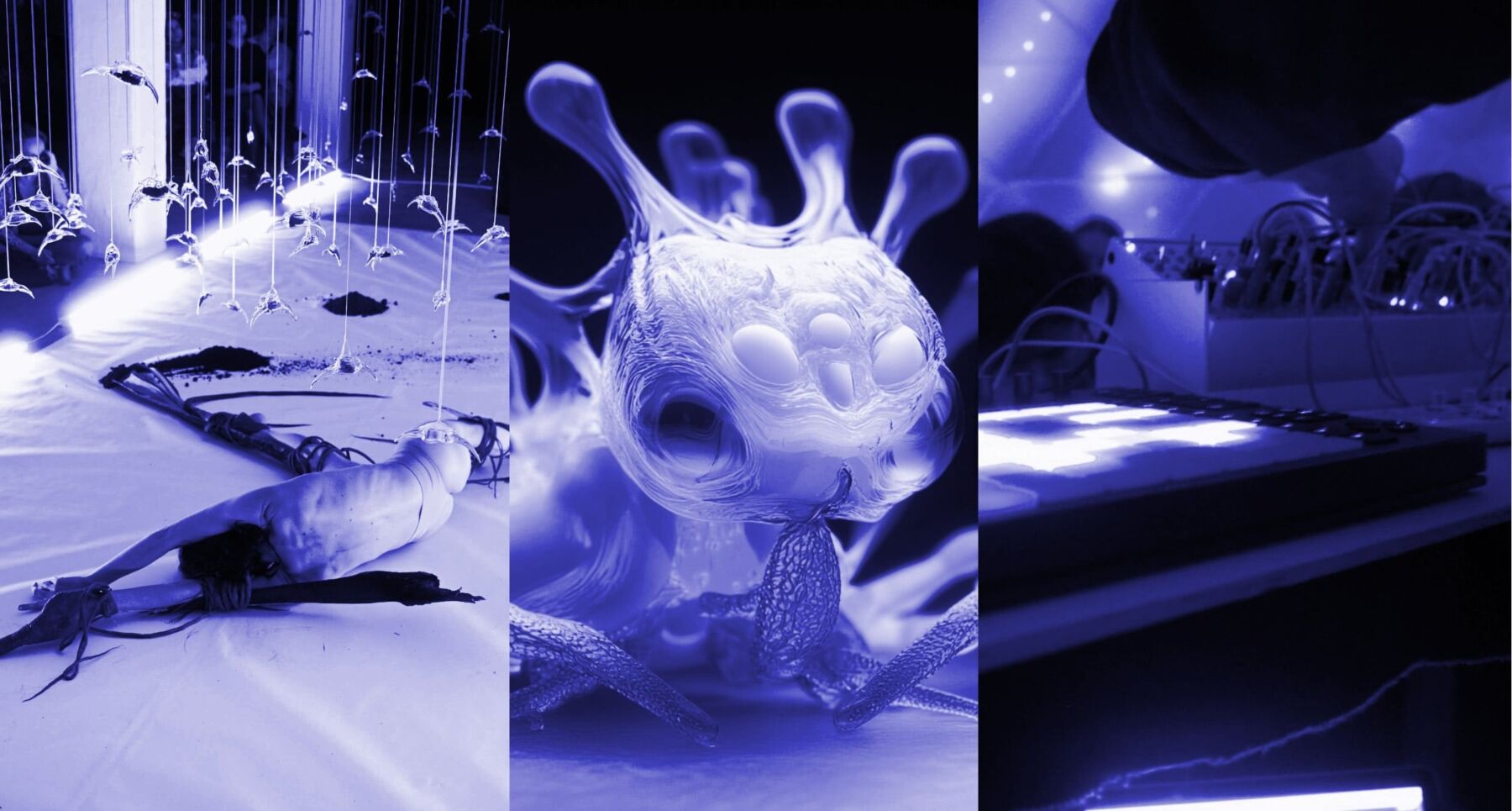Interview by Kate Hoag
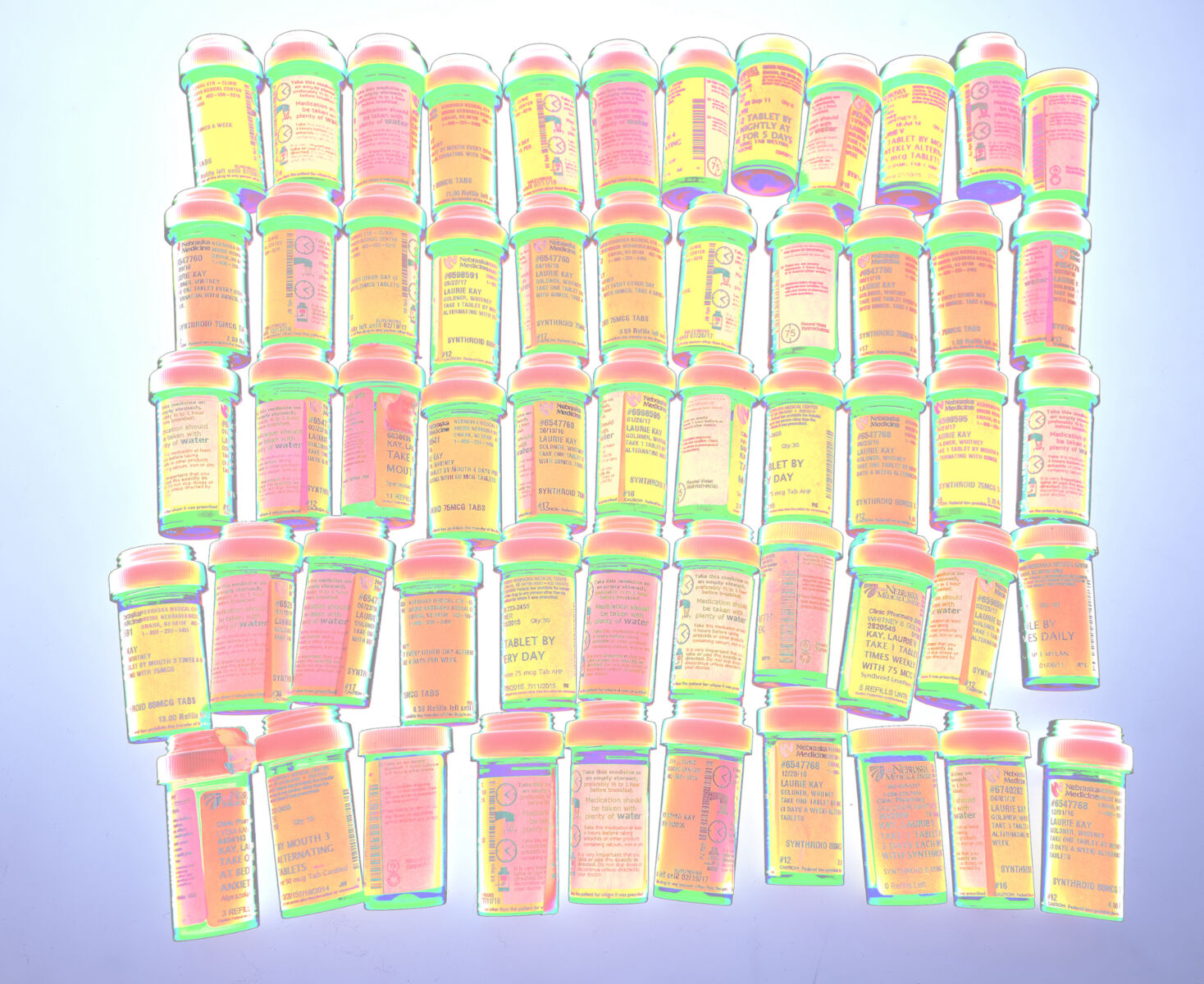
Laurie Victor Kay is a multimedia artist who does not believe in staying in one place. She works with photography, painting, digital media, and installation, moving between forms to tell powerful visual stories. Her work often explores the balance between personal experience and cultural themes, touching on identity, mental health, and how technology shapes the ways we see ourselves.
Kay’s artistic education began when she studied painting at the School of the Art Institute of Chicago. She later earned her BFA in photography from Columbia College Chicago. Her work has been exhibited across the United States and Europe and is featured in permanent collections at institutions like the 4 World Trade Center and the Fred & Pamela Buffett Cancer Center. Kay has also collaborated with global brands and worked with an impressive roster of clients, including Nike, The New York Times, and Condé Nast Traveler.
A defining aspect of Kay’s work is her ability to blend the personal with the universal. Kay explores mental health in her Apothecary series by incorporating medication labels and personal handwriting into her artwork. Using text as a visual and emotional element, she creates a space where viewers can connect with their experiences. The series highlights the importance of open discussions around anxiety, medication, and self-perception, making the unseen struggles of mental health more visible.
Her series PATHOS takes a different but equally personal approach. Through self-portraiture, Kay captures transformation and resilience, using video and installation to add layers of movement and depth. Her images reflect how emotions evolve, challenging the idea of a fixed identity. Inspired by artists like Cindy Sherman, Kay uses her image to explore vulnerability, strength, and reinvention.
Kay has taken her interest in technology to new levels in her recent exhibition, Artist Hands as Instrument, at the University of Nebraska Medical Center. Using holography and 3-D imaging, she creates installations that turn medical data into visual art. This fusion of science and creativity opens new ways of seeing the human body, making the invisible visible. Kay’s ability to constantly evolve, combining both digital and physical media, is ultimately about exploring, questioning, and transforming the cathartic role of art-making in our daily perceptions.
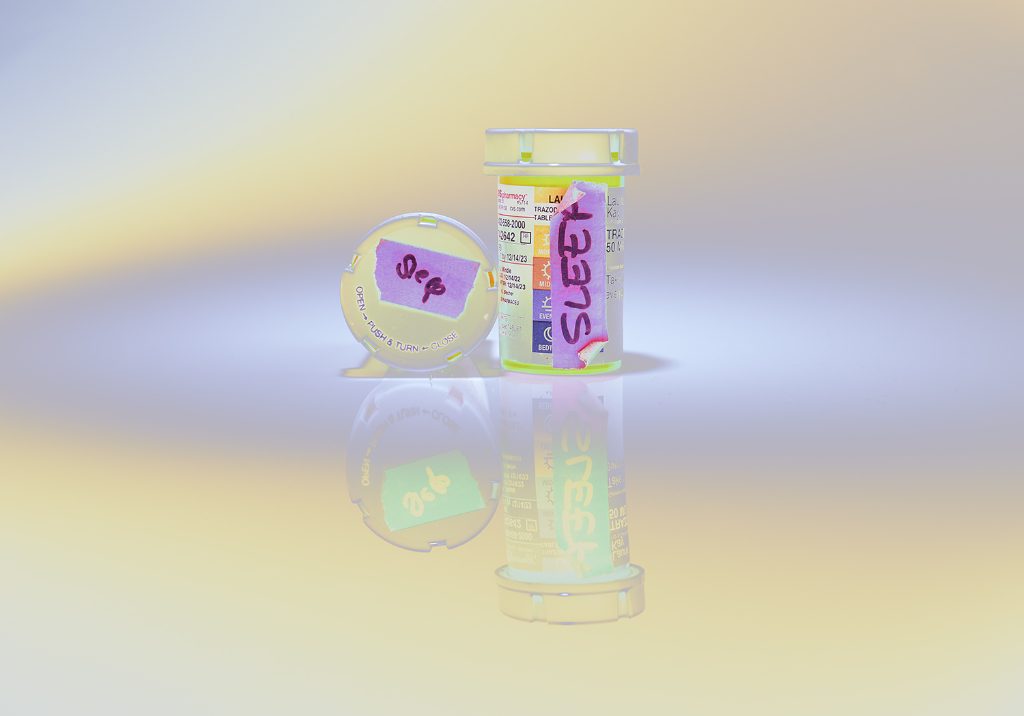
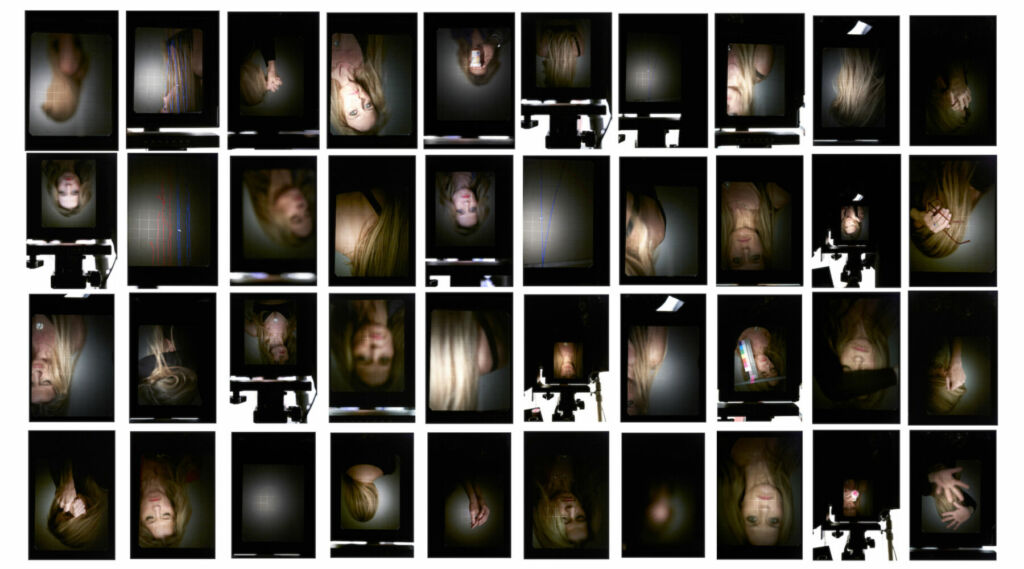
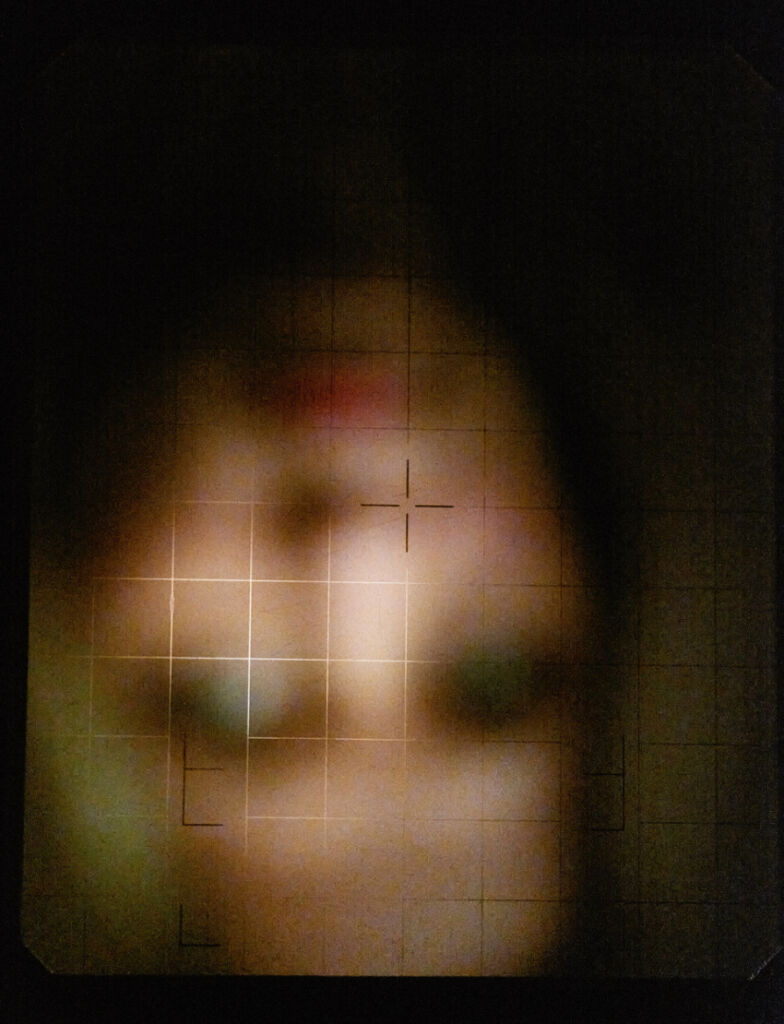
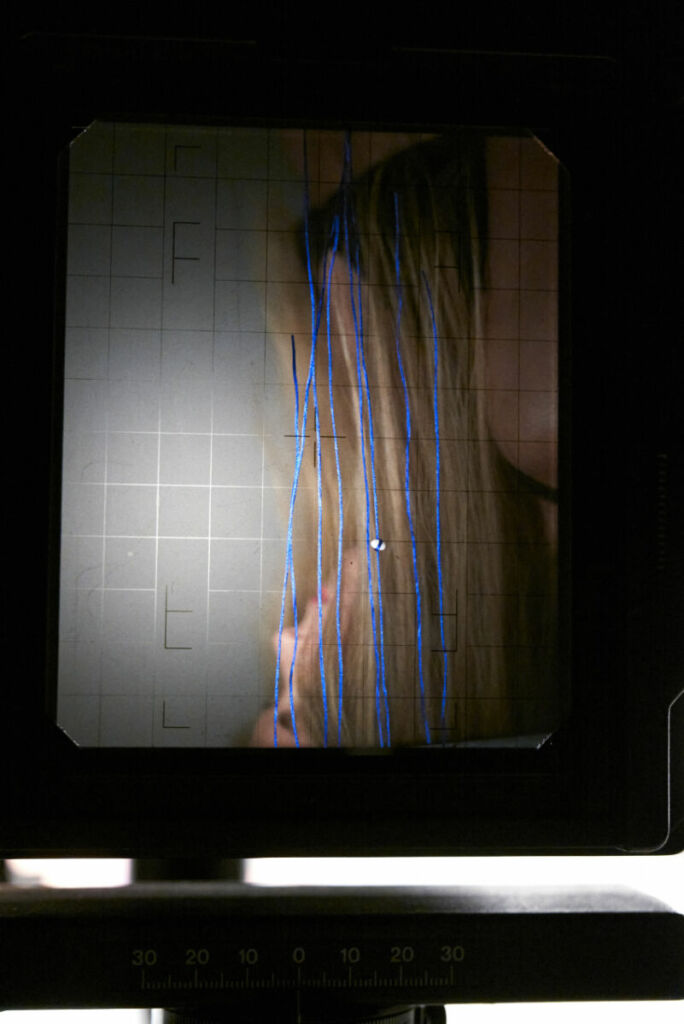
Your multidisciplinary approach spans photography, installation, digital media, and other mixed media. How do you determine which medium best serves the concept you’re exploring?
This is very intuitive for me. It often starts with a photograph, a drawing or simply an idea. I’m extremely open to the process, which allows me total freedom to let a physical drawing turn into something digital and vice versa. I have some examples of that in my new Apothecary series. This work is coming from all aspects at once. I see things in my mind; sometimes, they sit there for years. For example, today, I was looking through old sketchbooks and came across original concepts for Apothecary, which were drawn back in 2011. Now, this idea is both digital and sculptural.
There are times when the medium changes during the creation process. My series PATHOS began with still photographs and experimented with video and movement. This then grew into an installation, with layers within the video work and the installation concept.
The Gratitude Project, a 3D projection-mapped large-scale video I created, produced and directed during COVID-19, was created specifically with this intent. It was interesting to incorporate so many different bodies of my work into the 14 short videos for this.
Finally, my recent exhibition at the University of Nebraska Medical Center (UNMC) used a variety of technologies to underscore not only UNMC’s cutting-edge facility and Davis Global Center’s iExcel but also the human body within the context of these technological advancements. The exhibition featured a broad range of multimedia work, like depictions of cancer cells that form landscapes, holographic works animated and edited by Laurel Ybarra of iEXCEL featuring original artwork created at the time of my hand surgeries as well as current scans of my hands, an interactive documentary, works displayed on an 8k infinity wall, an interactive digital virtual touch wall, a holographic theater, and more.
How do you bring together your personal experiences and cultural issues in your work?
With great intention. I’m constantly filtering what is happening in the world around me, internally and externally. Because of my very strong intuition, I often don’t even realise it when I’m bringing these two elements together. I’m extremely interested in women’s issues and mental health at the moment. I have to say, this has manifested the strongest within Apothecary. By putting my personal medications and injecting so much truth into the series, others have come to me and thanked me for destigmatising things like taking medication, having anxiety, sleep issues, etc. For me, these issues, which ultimately are about my truth, are also present on other platforms. I use Instagram to shed light on cultural issues I’m passionate about.
In your pieces, you often examine vulnerability and societal norms. Do you think technology affects our understanding of these concepts?
Absolutely. Technology can be both extremes. It is very easy to curate a fake digital personality, like on Instagram, for instance, and from this standpoint, technology can be very dangerous. People can be quick to judge or see something unreal as truth. A happy photo translates to most people as ‘They are happy’. This is an untruth. Just because you see a happy face doesn’t mean that a person isn’t suffering. At the same time, technology can connect people, educate them, and open dialogues in ways one cannot imagine. I am connected through technology with people all over the world. Technology has brought me closer to so many people and even concepts because it educates us. It’s about the choices we make using technology. Like everything in life, it is how the medium is utilised.
How did focusing on yourself as the subject in Pathos influence your art-making, especially in the era of the “selfie”?
This focus on the self actually began long ago when I was in high school and then at the School of the Art Institute of Chicago. Looking inward and capturing myself became a way to understand things, and works by artists like Cindy Sherman were influential.
With PATHOS, coming back to this idea of self felt so right to me. Over the years, some of the other series I created, like Close to Home and Au Musée, often included self-portraits. Having come through such a tremendously difficult time in my life at the time of PATHOS, where seismic changes everywhere literally took the saturation out of my world, looking inward felt like a natural evolution. I feel different when taking a self-portrait with my ‘real’ camera versus a selfie with a phone. I do both very often. The camera, as a physical instrument, has its own language.
Your series Apothecary incorporates text as a central element. How do you choose the words or phrases that appear in your work?
I love this question because words matter to me so much. There are many layers to this for me: what people say to us and what we say to ourselves. I’ve studied the roots and origins of words, and I love using language to communicate. Recontextualising words in this manner is fun (yes, I said fun). When I first cut the words out, they usually jump right off the pages and become an integral part of the story. Words can guide a viewer closer to my thoughts and their own.
For our UNMC exhibition, you used holographic technology and 3D imaging. How do you see these tools transforming contemporary art?
I see limitless potential. The holographic process was fascinating. I was unsure in the beginning as we worked through the concept of filming my hands, which was similar to how I photographed them for PATHOS. The results and effects blew me away. The exhibition is reopening in April 2025, so I’m excited to be able to have this on view to the public again.
When technology improves the experience, elevates the idea, and creates feelings, that is where I want to be. A lack of specific knowledge around some of these technologies allowed me to approach the project more fearlessly. Contemporary art can be entirely transformed in such powerful ways. I want more people to experience art, open conversations, and impact meaningful change. Technology can be a tool to achieve all of this.
What drives your interest in blurring the boundaries between traditional and digital art forms?
My interest in blurring boundaries stems from my desire to think outside the box. I do not want to be labelled, placed into one art category, or even considered human. I like intersections in many areas of life, including art mediums.
How does your painting background influence how you approach your digital work?
A good painting needs composition, but the way the paint is applied and feels even more important. Painterly is a word I love. I tend to push the capabilities of colour in both areas. My digital work definitely brings the word “supersaturated” into play quite often. I feel fortunate to work with printers in my studio, LVK Atelier, and ink sets that can also push boundaries. Currently, I am getting back to traditional painting in my new studio and plan to do much more work combining both.
What challenges have you encountered when working with both analogue and digital mediums?
Honestly, my biggest challenge is more on storage and data management. I find myself weaving into different areas, and sometimes staying digitally focused is difficult. Data management with large files and lots of hard drives, backups, etc., is not something I enjoy in particular. The analogue side is easier on this end.
Where do you see your digital and physical mediums exploration taking you next?
I see it taking me all over the world—digitally and physically—because I want to use my artistic voice to connect with others. I see new conversations and experiences with people who want to create change, whether it’s healing through art, women’s issues, or merely sharing experiences. Both mediums have strengths. Combined, they are limitless.
What’s your chief enemy of creativity?
Fear, without a doubt. Fear of failing, doing something wrong, or not doing something good enough. Fear of the unknown.
You couldn’t live without…
Kindness, coffee, my adult kids Miles and Evie, my close friends, good ice cream, long runs, yoga, travel, meaningful conversations and laughter. I’ve been through a lot over the past two years, and I feel clearer than I ever have—Carpe diem.

